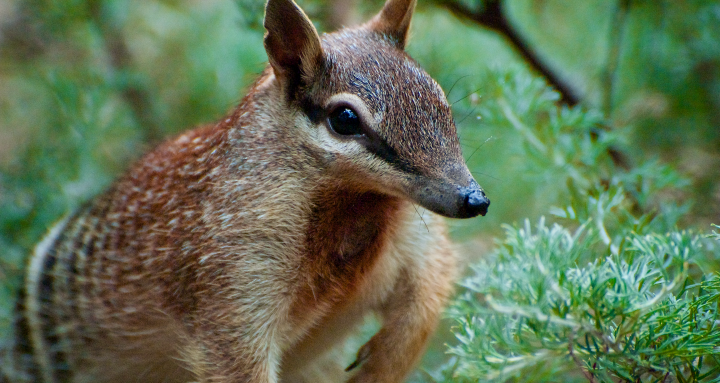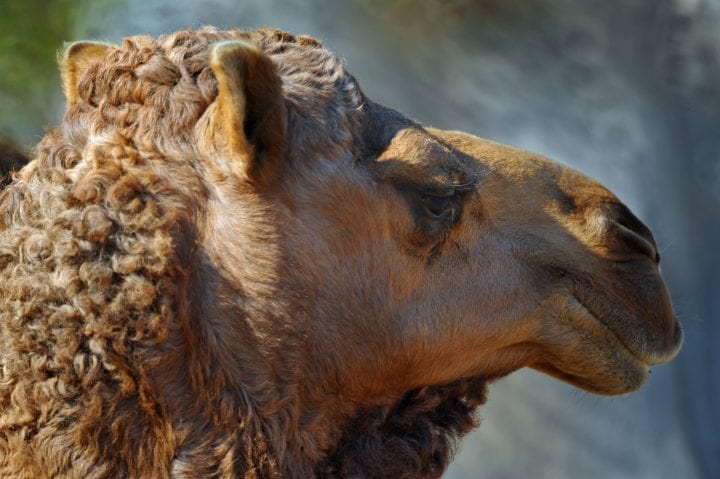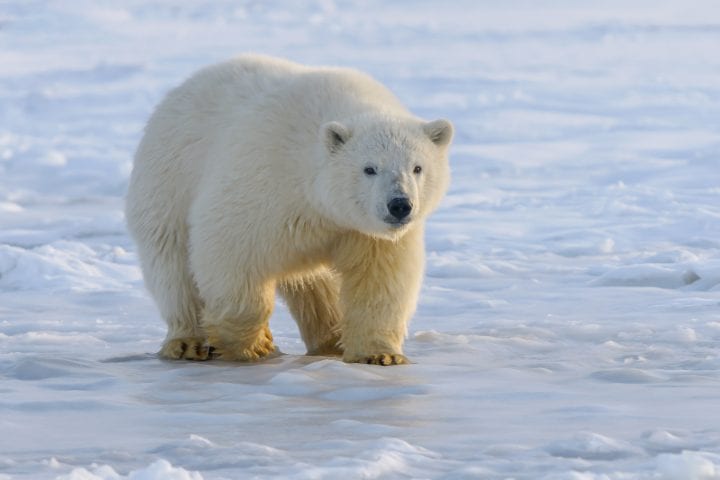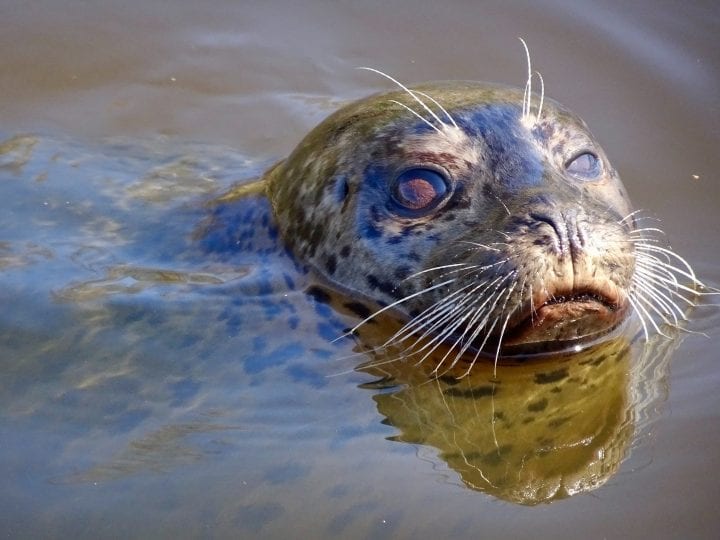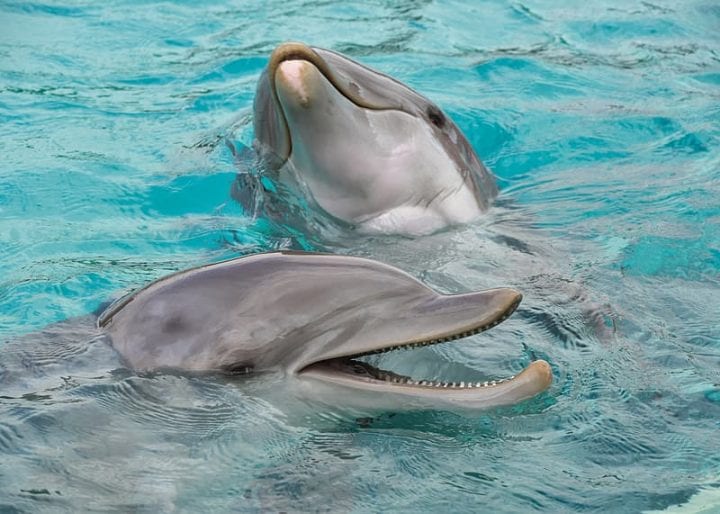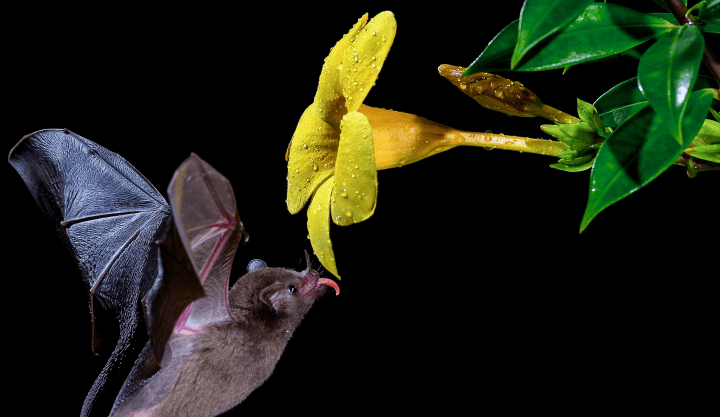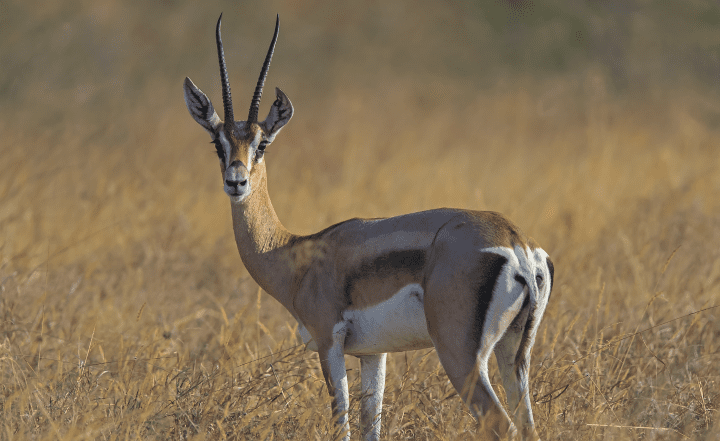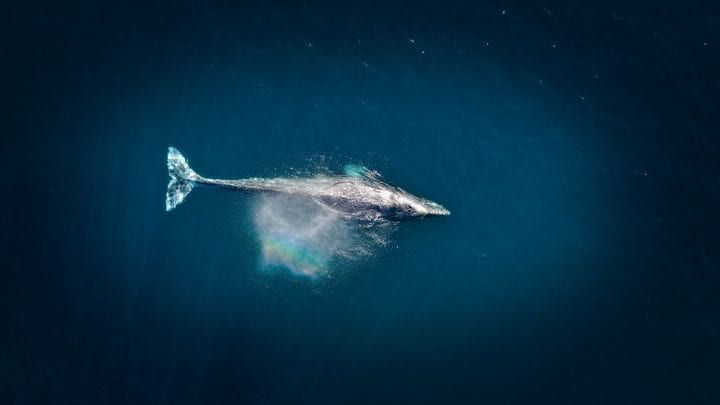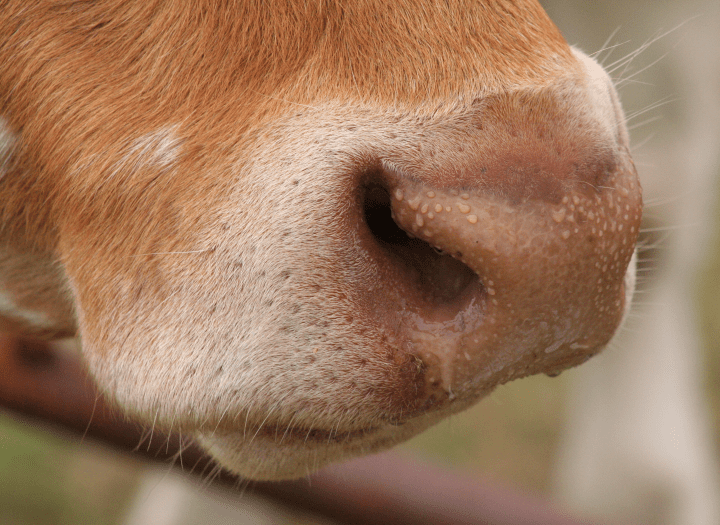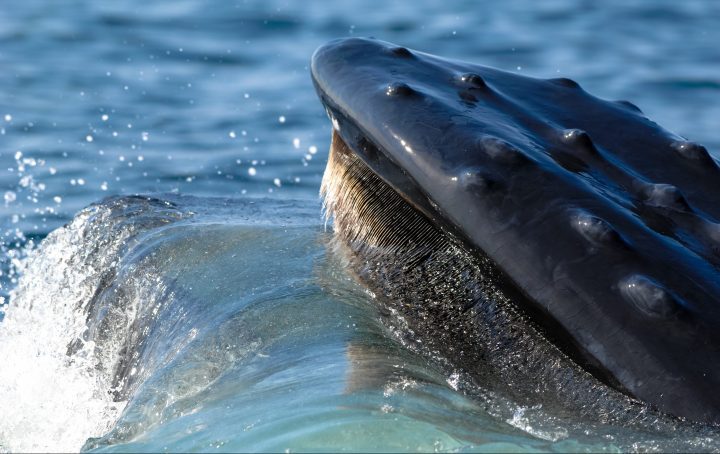Bestselling science author Steve Brusatte paints a new, functionally-focused picture of how mammals came to be.
What we see in the present is such a small slice of what life has been. Fossils are the clues that tell us how evolution works over long time scales, and how real organisms have responded to real moments of climate and environmental change.
Mammals are a particularly amazing case study, as there is a rich fossil record spanning hundreds of millions of years. They evolved many clever tricks to help them survive: big brains, keen senses of smell and hearing, warm-blooded metabolism, hair, the ability to feed their babies milk, and highly complex molars and other teeth for chewing their food. These are all things we have as humans today, because we inherited them from these ancestors that had to survive in a world dominated by dinosaurs.
We can learn a lot from that fossil record.
A New Way of Doing Things
The mammal line split from the reptiles about 325 million years ago, back when much of the world was hot and humid and covered in jungles. These first mammal ancestors—what we call the synapsids—evolved a clever new feature: a big opening in the skull behind the eye socket, to anchor big jaw muscles that allowed them to bite harder.
Dimetrodon was one of the first synapsids to become a ferocious, top-of-the-food chain predator, way back in the Permian Period, around 290 million years ago. Dimetrodon is an iconic fossil. It had a big sail on its back, which makes it instantly recognizable. It’s often mistaken for a dinosaur; it’s included in dinosaur toy sets and you find it all the time on posters and in books about dinosaurs. But although it looks vaguely “reptilian,” it was not a dinosaur, not a reptile at all. It’s more closely related to us than it was to T. rex or Triceratops.
Mammals evolved from their synapsid forebears around 225 million years ago, in the Triassic Period, on the supercontinent of Pangea, a single giant landmass that stretched from north pole to south pole.
Today’s monotremes, the platypus and echidnas, harken back to that early time. They are very archaic mammals––species whose ancestors diverged early in mammal history. This happened near the root of the mammal family tree, when it seems that all mammal mothers laid eggs and nursed their babies with milk from patches on their abdomens without discrete nipples (hard to be sure though).
Modern monotremes just so happened to hold on and survive many extinction events, and then became sequestered in one little corner of the world, in Australia and New Guinea. You could imagine an alternative scenario, quite easily, where some mass extinction knocked out these species. We are so lucky they are still here!
What we see in the present is such a small slice of what life has been.
In the Shadow of the Dinosaurs
Dinosaurs originated around the same time as mammals in the Triassic Period.
Dinosaurs were destined for grandeur. They went big, and kept the mammals from growing very large. (There was no mammal bigger than a badger that lived alongside dinosaurs, as far as we know.) But mammals did the opposite: they were so successful in the underground and the understory that they kept dinosaurs big. You never saw a T. rex the size of a mouse or a Brontosaurus the size of a rat.
Eventually that would change. I don’t think we really appreciate it, but the largest animal to ever live is a mammal, and it is alive right now. I’m talking about blue whales. They are over 100 feet long and weigh over 100 tons. They give birth to three-ton babies the size of speedboats. And even on land, the long-extinct hornless rhino Paraceratherium weighed around 20 tons—about three times the heft of the largest modern-day elephants.
But in the early days, dinosaurs were dominant. Many of those dinosaurs were active during the day, and mammals had to avoid them. So the first mammals, living in the shadows of the dinosaurs, were small and most likely mostly nocturnal.
Nighttime Story
In becoming nocturnal, mammals had little use for keen vision. They essentially gave up on it, and most mammals cannot see in color. This is why they have drab brown, tan, or gray fur. Why dress yourself in flamboyant hues if your mates or rivals cannot see them?
Only a few other species of primates have color vision that we know of. These mammals (and us) probably re-evolved it when our primate ancestors were living in the trees, leaping around, looking for ripe fruits to eat.
We're All Ears
Instead of sight, mammals went all-in for smell, touch, and hearing. The olfactory bulbs in their brains, which powered smell, got huge. They used whiskers to navigate the darkness. And they refined their ears so they could hear a wide range of sounds.
The ancestors of mammals, including early synapsids like Dimetrodon, had a lot of bones in their lower jaws. They had a main bone, called the dentary, which held the teeth. Then, a lot of little bones behind the dentary. Mammals changed this. They made the dentary bigger, so they had a single solid bone to anchor both teeth and jaw muscles, which enabled them to bite harder and chew their food in a sophisticated way.
This ended up freeing all of those little bones at the back of the jaw. The bones could have disappeared, but evolution found a way to repurpose some of them for a new function. They became tiny—about the size of a grain of rice in humans—and moved into the ear. There, they acted as a compound lever to amplify and concentrate vibrations from the ear drum and deliver them to the inner ear, hence improving the sense of hearing. It was a stunning evolutionary transformation and our own ability to hear a wide range of sounds is due to these weird changes in jaw bones in our deep ancestors.
The Story of Us
We like to think of ourselves as special––and we are! We are a single species that has evolved huge brains and high intelligence and consciousness, and the ability to work together in groups and spread around the world and affect the climate and the environment and the landscapes of our planet like no species before. But we have a deep evolutionary history. To understand ourselves, we need to understand our ancestors.
By Steve Brusatte, as told to AskNature.
Steve Brusatte, PhD, is an American paleontologist who teaches at the University of Edinburgh, in Scotland. He is the author of The Rise and Reign of the Mammals (HarperCollins, 2022) and the international bestseller The Rise and Fall of the Dinosaurs. The paleontology advisor on the Jurassic World film franchise, Brusatte has named more than fifteen new species. His research and writing has been featured in Science, the New York Times, Scientific American, and many other publications. Follow him on Twitter @SteveBrusatte.
To understand ourselves, we need to understand our ancestors.
The Collection
Over the course of more than 300 million years, mammals have filled niches on the land and in the land. They’ve developed wings and taken to the air, and abandoned their legs and returned to the sea. Each change to body or behavior has come through a long series of development and ––life, taking what is present, and tweaking it for new or expanded uses. The paths of evolution can be as instructive for biomimics as the destinations to which they lead.
In the biological strategies below, explore some uniquely mammalian adaptations in body and behavior, as well as the promise they hold for inspiring one particular mammal species to function in better harmony with all of nature.








